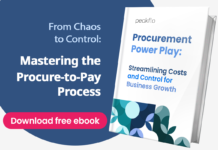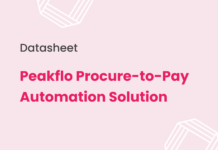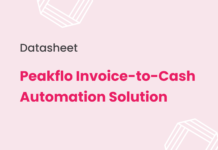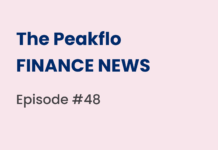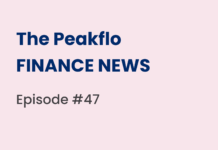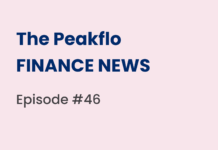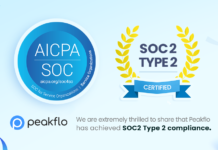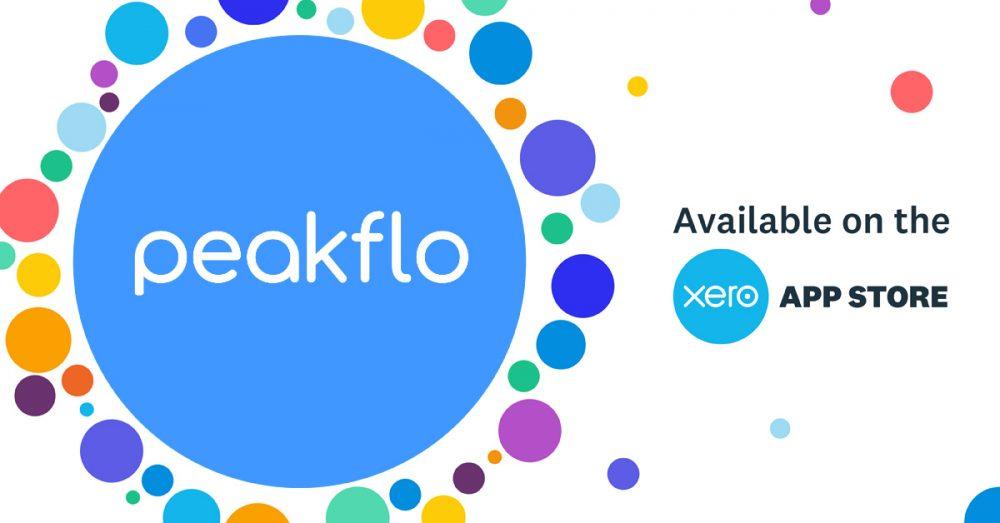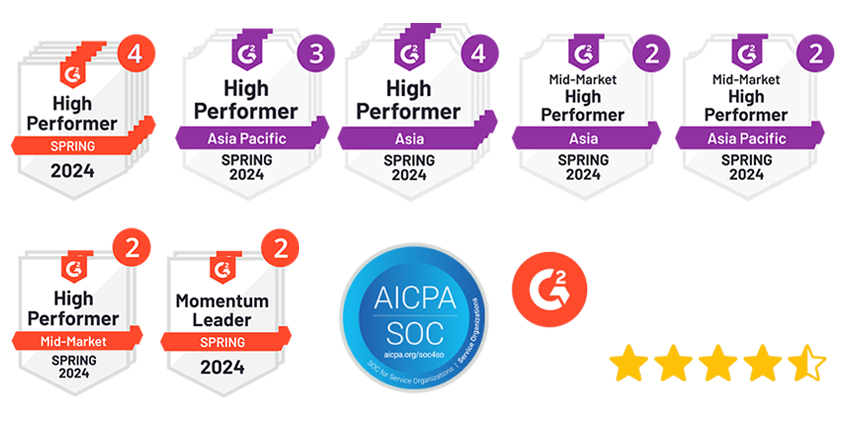In any business ecosystem, the demand for goods and services is constant, ranging from essential office supplies to raw materials. While the need for procurement is universal, how it is managed can significantly impact an organization’s financial health and operational integrity.
To manage the demands numerous companies have embraced a well-defined approach to procurement and approval workflows. At the heart of this structured methodology lies a crucial document—the purchase requisition form.
What Is Purchase Requisition?
A purchase requisition (PR), also known as purchase request or requisition order, is a document used by employees within an organization to request the purchase of goods or services. This form is an essential part of the purchasing process as it provides the financial department with a record of what is being requested and the associated costs.
There are different types of purchase requisition forms depending on the purpose, such as for procuring office supplies, buying inventory, or manufacturing.
Different Types of Purchase Requisitions
Let’s take a closer look at the different types of purchase requisitions:
Open Bid: This procurement method allows any interested supplier or vendor to submit a bid for the requested goods or services. It’s typically used for low-value purchases or when there’s no established relationship with suppliers.
Invited Bid: This procurement method involves inviting a select group of suppliers or vendors to submit a bid for the requested goods or services. It’s commonly used for higher-value purchases or when there’s an established relationship with suppliers.
Sealed Bid: This procurement method involves suppliers or vendors submitting their bids in a sealed envelope. The bids are opened at a predetermined time and evaluated based on predetermined criteria.
Reverse Auction: This procurement method involves suppliers or vendors competing to provide the lowest price for the requested goods or services. The auction is conducted online, with suppliers or vendors submitting bids in real-time. The lowest bidder is awarded the contract.
Why Is a Purchase Requisition Important?
As we already understand, a purchase requisition order is integral to the purchasing flows of organizational procurement processes. Here are its advantages:
Easier tracking: Each requisition is assigned a unique number, allowing managers to quickly identify and locate specific requests when needed.
Better financial management: The purchase requisition number provides a standardized method for managing purchase requests.
Control budget: Managers can review and approve purchase requests before they are made, allowing companies to control their spending.
Improve supplier relationships: Purchase requisitions can help companies manage their relationships with suppliers by providing clear communication channels and ensuring that suppliers are paid on time.
Save time: Having purchase requisition reduces the time frame for the procurement process by shortening the period for quotation submissions, streamlining the supplier selection process, and eliminating the need to prepare solicitation documents or advertise requirements.
Components of Purchase Requisition

A purchase requisition usually contains:
- The department’s name
- The requester’s information (name, location, and address)
- The requested items’ details (descriptions and quantity)
- The date of the request
- The requisition number
- The reason for the purchase
- The requested delivery date
- The estimated costs of the purchases
Steps to Create a Purchase Requisition Form
Here are the steps to create a purchase requisition:
1. Request a Purchase Requisition
Determine the goods or services that are needed and ensure that they are within the budget allocated for procurement. Afterward, fill out the purchase requisition form with the necessary information.
For a smoother RFQ filing process, consider the following details:
- The type of RFQ to be issued
- The deadline for the RFQ
- The list of stakeholders who will receive the RFQ
When placing a purchase requisition, one of the most significant issues is the potential for data entry errors, which can have serious consequences if not caught and corrected. Businesses end up having to pay more for the goods or services they don’t need to purchase.
Another challenge is the inconsistencies in the format of purchase requisitions, which can make it difficult for vendors to decipher the goods and services the buyer would like to purchase. This can result in delays, which can have a ripple effect on other business operations.
OCR (Optical Character Recognition) technology can significantly improve the accuracy of data entry for purchase requests. It can scan and extract data from paper-based or electronic documents, such as purchase orders or invoices, and automatically input the information into the company’s procurement system.
OCR not only saves time but also reduces the risk of manual errors in data entry, which can lead to delays and incorrect purchases.
Additionally, with accounts payable automation, purchase requests can be automatically generated with pre-defined templates. It ensures that all the necessary information is included in a standardized format.
This can also help vendors to better understand the company’s requirements and respond more efficiently to requests, resulting in a faster turnaround time.
Accounts payable automation with built-in purchase request creation can reduce errors caused by inconsistent formatting
2. Approve the Purchase Requisition
Submit the purchase requisition form to the appropriate department or employee for approval. This may include department managers, budget holders, and procurement managers.
They will need to verify the details of the request, such as the quantity, item description, and cost, to ensure they are accurate and complete.
One of the main pain points that companies face when approving purchases is the complex internal hierarchical structure, which can make it difficult to get aligned on purchases. This can lead to delays in the approval process, resulting in missed deadlines or missed opportunities.
With automated approval processes, you can ensure that all requisitions are reviewed and approved on time. No need to rely on manual processes that can be slow and error-prone.
Automating the purchase requisition approval process can help you improve efficiency, increase visibility and control, and ensure compliance, ultimately leading to better procurement outcomes for your company.
Bypass the most complex approval by setting custom approval workflows, assigning multi-level approvers, and tagging your purchase to the right budget
3. Issue a Purchase Order
If the purchase requisition is verified and approved, a purchase order is issued to initiate the procurement process.
Issuing a purchase order manually can be a cumbersome process for companies. Converting the purchase requisition into a purchase order. Converting the purchase requisition into a purchase order can lead to inconsistencies in the ordering process. It can be difficult to keep track of which orders have been placed and which ones are still pending.
AP automation can convert a purchase requisition to a purchase order automatically and send it to the vendor once approved. This allows for better visibility into the process, ensuring that there are no bottlenecks or delays. It also provides a centralized system for tracking and managing vendor contracts, pricing, and other important information.
Automation software can extract information from the purchase requisition and create a purchase order, ensuring consistency and accuracy in formatting.
A Way Forward
Ready to take your procure-to-pay process to the next level? Check out Peakflo’s Accounts Payable software that provides end-to-end procure-to-pay automation.
With Peakflo, you can reduce manual labor costs, minimize errors, and negotiate better terms with suppliers, resulting in significant cost savings and improved profitability.
Try Peakflo today and experience the benefits of streamlined procure-to-pay processes.
FAQ
What are the 5 parts of purchase requisition?
Contents of a purchase requisition form:
- Name and department of the requestor.
- The date of request.
- The products or services requested.
- Item description, quantity, and price.
- Reason for purchase.
- The legal name of the supplier.
What is the main purpose of a purchase requisition?
A purchase requisition is a request from an employee or department to buy goods or services. After internal review and approval, it is used to create a purchase order that is sent to a supplier.
Who is responsible for purchase requisition?
Purchase requisitions are first filled out by an employee who sees the need for a product or a service. The employee fills in all the details, including the price, suggested vendor, and the specifics of the goods or services. The document is then sent to the purchasing department for approval.
Who can return a requisition?
A buyer can return a requisition line to the original preparer instead of placing it onto a purchase order. Upon returning the requisition line, the buyer indicates the reason for the return.










![Why AI Sales Calls Are Making Good Sales Reps Even Better [2025 Guide] ai sales calls](https://blog.peakflo.co/wp-content/uploads/2025/09/65168cf6-3001-4733-8cbc-12d5684cf449-218x150.webp)








